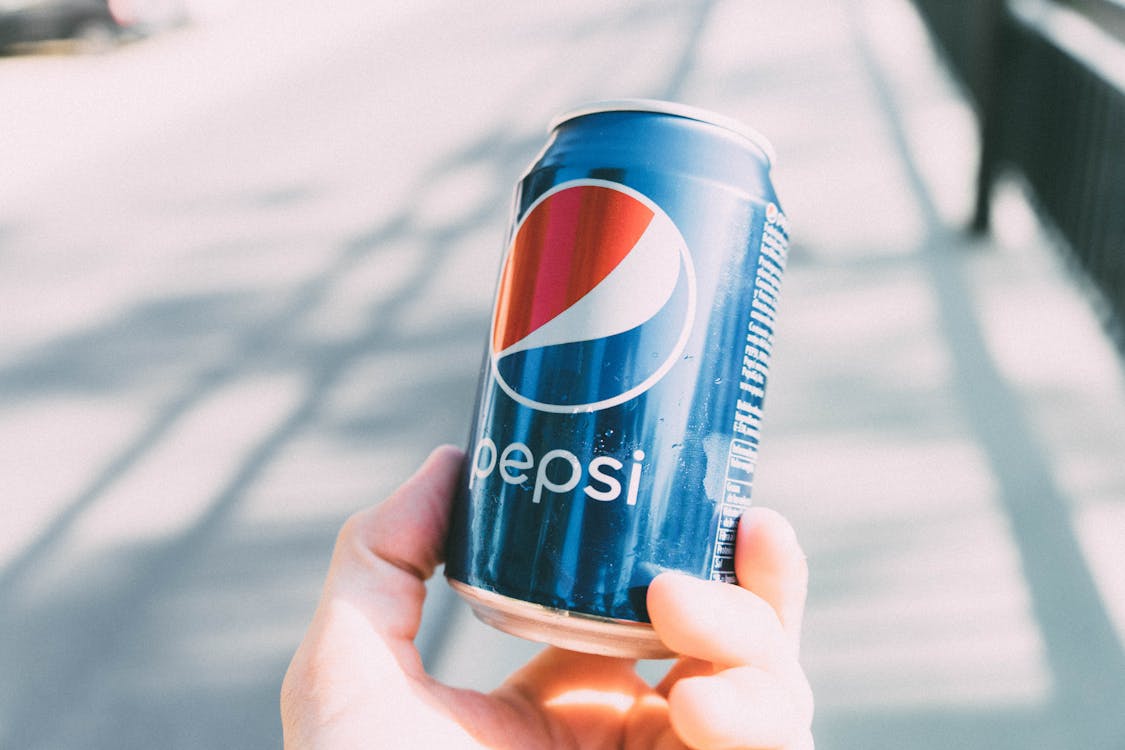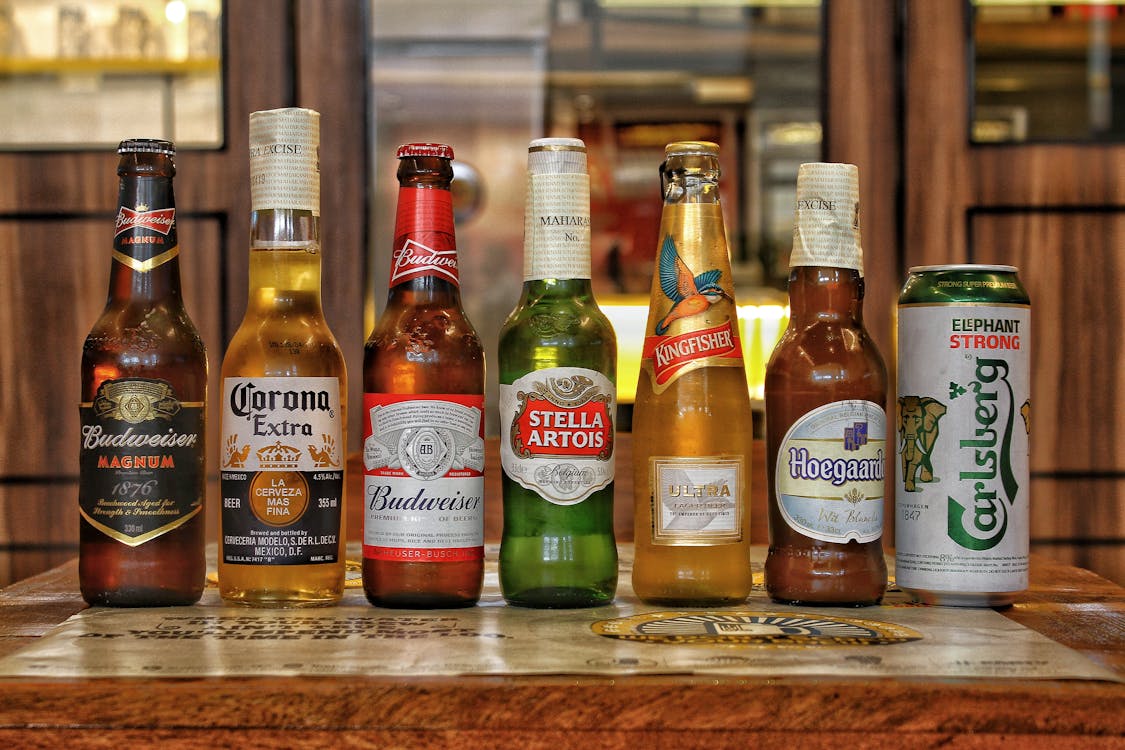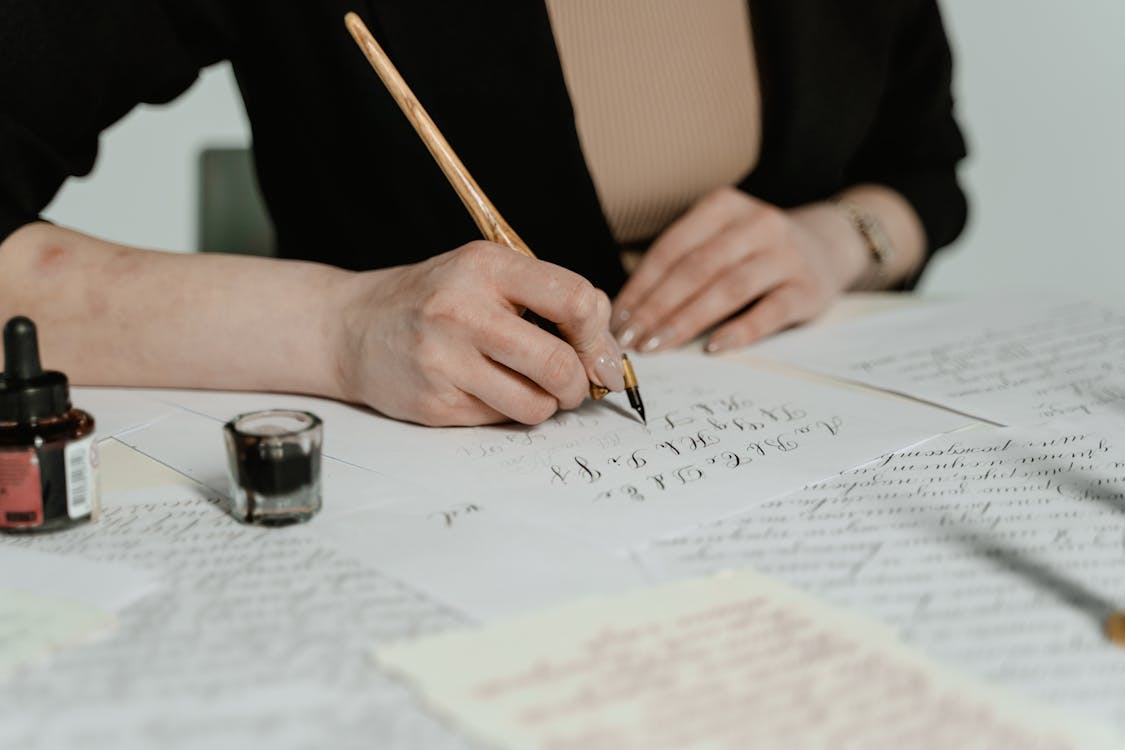When you first think about a company, what comes to mind? For many people, it’s their logo. It’s the visual representation of the brand, after all, and it is easy to remember it. Even just the shape of a logo has a powerful impact on consumers.
So, it’s no wonder big companies spend a lot of time, conduct extensive research, and hire the best logo design services to ensure they have an impactful logo. If your business is starting or you’re looking to design a logo, it’s something you have to do carefully.
And while it may seem easy to create, the process is pretty complex. Following a step-by-step guide can make this complex process easy to navigate.
Why Is A Logo So Important?
Every brand’s visual aspect has a logo, which has become necessary for businesses, regardless of size. Almost 75% of people identify a brand because of its logo. It will also create a graphic tie to the business’s online and physical presence. This is why brands spend a lot of time designing a logo that perfectly represents them or hiring logo design services.
A logo is not a brand but an essential part of it. A brand has two paths that always cross: one is the history, mission, values, and identity, and the other is the visual depiction of all those concepts. A logo shares a business’s visual capacity even though it doesn’t tell the complete story.
Have you ever seen a business without a logo? That’s because there likely isn’t one. Companies use logos to spark interest and represent their brand. A logo also enables further interaction, and brands can become known from them; look at Nike, Pepsi, etc., businesses that can immediately be recognized worldwide from their logos.
Step-by-Step Guide For Designing A Logo
Whether you design a logo yourself or hire professional design services, it’s essential to know how to create one.
1. Understand Why A Brand Needs A Logo
The primary purpose of a business is customer acquisition, followed by retention. It’s almost like dating. You want the customer to fall in love with what you have to offer. Think of the logo as the best picture you put up on a dating profile. It sparks initial interest and compels people to learn more about you. You’ll want to look your best! A logo has a huge impact and is the first visual aspect to make an impression on a brand.
A logo will give customers enough information about you to spark their interest and make them want to learn more. All your branding materials will have it too. Because it’s an essential part, you’ll want to ensure it’s done well. You need to make it count! This is why you must understand its importance and power to communicate with your customers.
2. Define Your Brand Identity
Defining a brand identity is an integral part of designing a logo. Many larger businesses will even hire brand identity design services to ensure it’s done right. A logo should communicate a brand’s personality, so brands first need to understand what it is. It’ll alwaysbe tied to a brand; take your time with this step before deciding on one. To define your brand identity, you need a business story or, more specifically, a mission statement. It describes:
- What the company does
- What beliefs and values are important to the company?
- Who the target clientele is
Other self-reflecting questions that can help a business determine its brand identity include:
- What makes it unique?
- Why was the business started?
- If you could describe your brand in three words, what would they be?
- What three words will customers use to describe you?
3. Check Out Your Competitors
Before designing a logo, check out what’s already there. You don’t want to fall in love with an overdone design. And that means checking out the competition. This will give you a good idea of what works with an audience and what you should avoid.
It also might give you some inspiration, but more on that later. When you check out the competition, it’ll show you what aspects set your brand apart. Once you’ve identified a competitive edge, you can emphasize it through your logo design.
Be sure to set yourself apart. If most of your competitors use a monochrome theme, try a different color to stand out; if they’re going traditional with their design, try a modern one instead. There are several ways you can make your logo look unique.
4. Find Inspiration For The Design
Observing your competitors is a part of finding inspiration for your logo design. The hardest part of logo design can be the inspiration. Luckily, there are ways to overcome it.
· Brainstorm Ideas
You can begin by collecting conceptual ideas to pin down the look and feel of the logo. Brainstorming is all about getting all your ideas out of your head onto paper. Write down all the ideas that pop into your head, good or bad. Even a horrible idea might spark a conversation if you’re working with a design services team. This conversation can help you discover a genius solution.
It would be best to remember when brainstorming ideas that you need to think like your audience. Write down a list of words of how you want the brand to be seen. Think like a person in the target demographic: what do they like? What’s important to them?
In addition, if you’re working with other people, leverage that has a diverse set of ideas. A one-person brainstorming session is fine, but having multiple people involved will give you more perspectives. Lastly, don’t be afraid to think outside the box and have something different.
· Create A Mood Board
For a visual person, brainstorming ideas might not be enough. They can create a mood board instead. A mood board is a perfect tool if you want some inspiration. It can be a physical mood board where you pin images or a Pinterest mood board.
All you have to do is collect anything you’re drawn to. It can be illustrations, color combinations, graphics, or anything else. You can go wild! What styles and design features you gravitate toward will become more apparent when it starts coming together.
5. Pick A Style
Once you find your inspiration, it’s time to translate it into the design. If you’re working with a logo design service, they’ll likely recommend the best styles and themes based on your brand’s personality. If you’re creating it yourself, first pick out a style based on your inspiration.
There are multiple elements that you need to look at: colors, shapes, graphics, and typography. Isolate each component and do your due diligence. Taking it step-by-step will also prevent you from feeling overwhelmed.
Picking a style means deciding on the design aesthetic. There is no right style for everyone, only what’s best for you.
· Classic
Trendy logos might seem like a good idea, but they may look outdated once the trend dies out. A classic style has more staying power and broader outreach. In this style, the logo is simple with no funky color palettes, fancy fonts, or over-the-top graphics. If you want anyone seeing your logo to think you’re reliable and down to earth, classic is the way to go.
· Vintage
Vintage and retro logo styles are pretty popular. It’s because they invoke nostalgia and showcase a brand’s history. This style mainly sports a brown or beige color palette and worn illustrations. A vintage logo will have the same staying power as a classic design if done right.
· Minimalist
The minimalist trend has taken over everything from interior design to clothes and logos. A minimalist style is clean and suitable for brands who want to communicate a modern feel. Think minimal details, white spaces, and muted illustrations, which result in sleek logos.
· Quirky
Have customers that are young or just young at heart? A fun and quirky style will be just right for you. This style gives more room to play with colors, cute or unique illustrations, and a whimsical feel.
· Handcrafted
A handcrafted logo will work well if you want to be individualistic or have a brand for handmade products. It combines other aesthetics like vintage, minimalist, or classic. Drive home your brand’s message with a sophisticated logo.
6. Find The Right Type of Logo
It’s not only multiple logo styles that you have to go through; there are several logotypes. You can pick one that suits the brand name or mission or choose one based on your aesthetic/style. Combining aspects of different types you like best for a unique logo is also possible. The more complex the design, the more it will cost if you hire a logo design service to create it. Professional design services can charge a few hundred dollars for a simple design, whereas intricate designs can go up to $1,000.
· Wordmark
Wordmarks are the most common type of logos with the wording of the business in an excellent design or font. Words are usually arranged differently with customized letters and no visual elements.
· Lettermark
Lettermark logos are similar to wordmark logos, but they have the initial of the business name instead of the entire word. It can be because it’s recognizable from just the initials or the brand name is too long. For example, the National Aeronautics and Space Administration is just known by its logo and initials, NASA.
· Brandmark
Brandmarks have only visual elements and no words. This type of logo isn’t usually recommended for brands that are just starting. A great example of this is the Nike logo. This type of logo can immediately be recognized but needs to be unique to have value.
· Mascots
Mascot logos are a fun way to represent your brand. They’re fun, cartoonish, and family-friendly. Brands usually use mascots to be approachable to different age groups.A great example of this is the Pringles logo.
7. Focus On The Colors
A logo’s color scheme is as important as the style and type of the logo. This is because colors have meaning, and their psychology can be complex. They’re associated with emotions and ideas. Take red, for example; it’s a color that represents excitement, youth, passion, and even anger.
On the other hand, orange is just as energetic as red and represents playfulness. You need to make good use of color psychology when picking the logo’s color palette.Logo design services have gained popularity because of their understating of colors and choosing the right ones to represent a brand. If you can’t figure this out, try a professional design service.
8. Pay Attention To Typography
Once you have the logo’s style, type, and colors figured out, it’s time to pick a font to complement it. The most popular fonts used in the logo include:
- Serif fonts –for a classic, vintage, or high-end look.
- Sans Serif fonts –for a modern and sleek look.
- Script fonts –for an individualistic look (they generally look like handwriting)
- Display fonts –for a decorative look.
9. Evaluate Multiple Options
Don’t hesitate to step outside the box if you know about styles, types, colors, and font. Mix and match different ideas to see what pairs together and creates the vibe you’re looking for. Create several logo designs before settling on one; it will be on all the marketing material.
Why You Should Get Professional Logo Design Services
The logo is the face of your company, and first impressions are crucial for any company. Customers can decide on a company in the first third of a second, which is why you must put your best face forward. This means designing a logo that communicates trust and encapsulates the brand. And that’s why you need logo design services.
Graphic designers conduct a lot of research to design a logo that can communicate the brand’s promise. They can also ensure that the logo will last for a long time. Hiring a professional design service to make your logo is a long-term investment and is worthwhile for the effective branding they’re capable of.
Logo Design Services in Miami
Define your brand’s identity through an effective and unique logo with The Netmen Corp. Our graphic designers conduct thorough research and create unique designs so that your logo stands out. We provide logo design services that will propagate your unique selling point to the masses.
We offer professional design services for packaging designs, website designs, brochure designs, and much more. Contact us for more information on our services!






